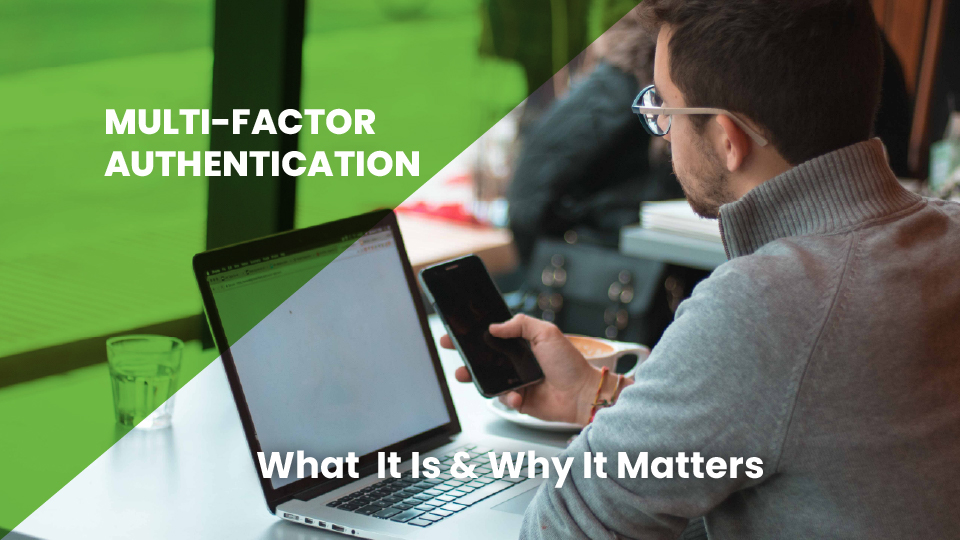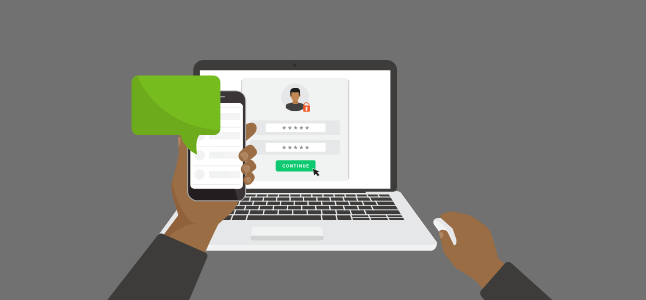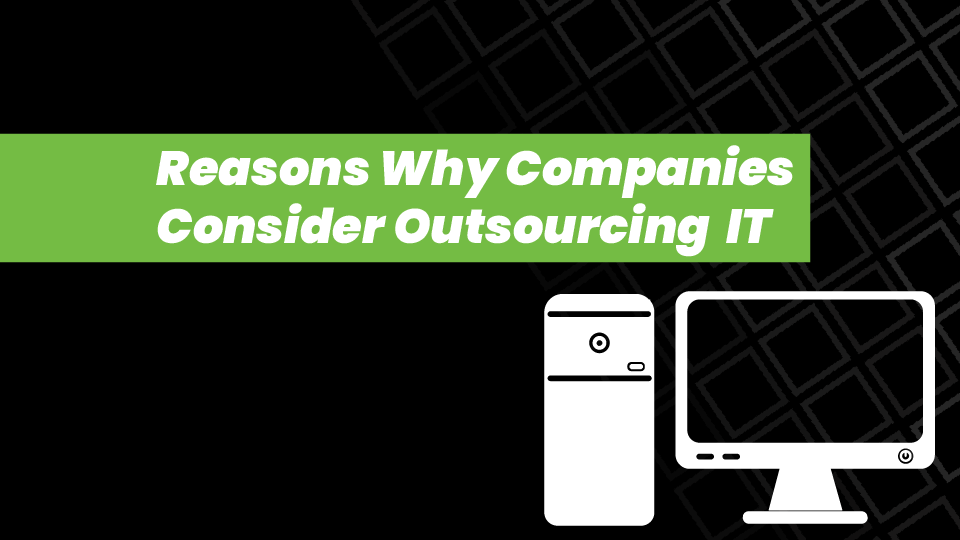Why Businesses Need Multi-Factor Authentication
Typing in a simple username and password is no longer enough to protect your data in the business technology world, which is why multi-factor...
Five Nines Team : Jan 22, 2020 8:00:00 AM
2 min read

We’ve talked a lot about the importance of changing your password and making sure you choose passwords that aren’t easily guessed. But while you should always beef up your password game, no matter how strong a password is, there’s still potential for attackers to gain access through a phishing scheme or an email interception.
This is where multi-factor authentication can serve as another security control. Multi-Factor Authentication (MFA) is an added security factor that verifies a user’s identity by requiring multiple steps to authenticate login credentials. Instead of just asking for a username and password, MFA requires that a user provides an additional step of authentication from these three categories:
MFA is typically set up to include the “something you know” (i.e. your username and password) with “something you have” (e.g. a one-time passcode from a device you own, such as your mobile phone).
In recent years, multi-factor authentication has become more common for personal use, and many online applications (Apple, Facebook, Instagram, Twitter, Google, and LinkedIn) have adopted MFA processes. As businesses face the need to lock down additional programs and applications to protect their data, it’s important to consider enforcing multi-factor authentication as part of an IT security plan.
With the increase of cyberattacks on businesses using stolen credentials and phishing tactics, password strength alone cannot be relied on as the only layer of protection. Multi-factor authentication is a proven way to stop 99.9% of automated attacks that would otherwise succeed by using a compromised or easily guessed password.

Typing in a simple username and password is no longer enough to protect your data in the business technology world, which is why multi-factor...

You come to work with all systems operational: patients are being checked in. Nurses are filling out charts. Doctors are prescribing medicine....

It’s likely your company depends on several pieces of technology to consistently deliver a seamless product or service to your customers. When you...